The Dysart has been operating in its current format since 2011, when chef Ken Culhane came here soon after winning the Roux Scholarship and transformed the Dysart from a pub into a fine dining destination. Michelin took its time but eventually noticed and rewarded Dysart with a long overdue star in 2019. The casual décor of the original pub has been largely retained, with a stone floor and open fire, generously spaced tables and a piano in the room. The latter reflects the interests of owner Barny Taylor, who studied music. The tasting menu that we went for was £135, with cheese as a supplement. Alternatively, you could have a three-course lunch for £65. I have separately written about the very good and fairly priced wine list here, with corkage also available at a modest £35.
The meal began with a canape of little 36-month aged Parmesan shortbread biscuits with a dollop of Seville orange marmalade. I am usually rather suspicious of sweet elements at the start of a meal, but the bitterness of the orange manages to make this dish work in terms of balance for the Parmesan, and the shortbread itself was excellent (16/20).
Marinated hand-dived Orkney scallop was served raw on a bed of sushi rice and topped with shaved English autumn truffle. The rice was Japanese Koshihikari Toyama rice cooked with kombu and finished with sushi vinegar, then fried with a dusting of rice flour. The fresh Orkney scallop was marinaded with a little mirin and soya for 30 seconds then placed with a truffle emulsion on the crispy sushi rice with the marinated scallop and some fresh truffle. The scallop was of high quality with lovely natural sweetness, the gentle scent of autumn truffle providing an earthy contrast (16/20).
A further canape was eel with a base called kudzu bread made with shiitake dashi, kudzu (Japanese arrowroot) starch and yeast. This was left to prove on trays and then baked, the result coming out like a cracker. The Irish eel was coated with a shiro dashi glaze. The eel was topped with a jelly of caramelised muscovado sugar deglazed with local apples that are juiced and reduced with cinnamon, cloves, star anis and Malabar white peppers to almost a sticky reduction and then set with agar. I am a big fan of eel but for me, the texture of the cracker could have been crisper (15/20).
A little shot glass contained a three-layered dish with different temperatures. At the bottom is Pedro Ximenes, on top of which is cold cream and maple syrup and then a warm hen’s egg with a garnish of chives. This is an unusual dish that nods to a famous Alan Passard concoction “Chaud-froid d'oeuf”, a development of the classic oeuf en cocotte. The Passard version uses sherry vinegar instead of Pedro Ximines and indeed the dish has inspired other variants, such as one by David Kinch of the late lamented restaurant Manresa. This is a technically quite tricky dish and an interesting way to transition to the pure savoury courses (16/20).
Bread was focaccia style sourdough, which was made with an olive oil herb and garlic mix which has rosemary, thyme and oregano and slow cooked garlic cloves. This was left to prove in individual containers for three days before being baked at a high temperature. The bread had excellent texture and I prefer it to the soda bread that they used to serve here.
The first “proper” course was a signature one here, charred sea bream with a disc of radish, shreds of fresh ginger and champagne sauce. Originally this was made with mackerel but for two years now the recipe has been unchanged and uses bream. The bream was aged for five days using a Japanese technique and the wild bream skin works well for this as it chars better than mackerel. The fresh was cleaned and washed with rice vinegar, then hung from the tail. The fish was charred in a pan and seasoned with a chilli oil made from local chillies and spices. This is placed on the fish as soon as it comes out of the pan with a little in the sauce to finish. The daikon was braised with kombu, sake, bonito and soya. The sauce is a type of cold dashi. The bream was served with a simple salad of daikon, chives and fried Roscoff onion. The fish has to be carefully cooked for this to work with its charred skin, and the champagne sauce had just a touch of gentle spice and was nicely enhanced by the aroma of the ginger. This is a really lovely dish and hopefully will never leave the menu (comfortably 17/20).
Ox tail risotto is another favourite here. The ox tail is marinated in a similar way to daube de boeuf, with aromatics and red wine for three weeks in an airtight container. Then the ingredients are roasted in a pan and braised slowly overnight in the oven for 14 hours. The meat is picked from the bones and then the stock is reduced to make a sauce which coats the ox tail and bone marrow. The rice is cooked with a very fine brunoise of fennel and shallots, white wine and a dashi stock made with herbs, lemon rind and chilli. The risotto is finished with a little butter and Parmesan, with some pickled chillies to add some freshness and piquancy. Seven-year aged Acquerello rice is used, a top-quality risotto rice. The touch of chilli is a crucial addition as otherwise it would be too rich, but there is just enough bite of spice to avoid this (17/20).
Cornish turbot today came from a huge 12 kg fish, a generous slab of turbot fillet served on a bed of spinach resting in a pool of lobster bisque with garden herbs. The fish was seasoned and then steamed at a low temperature. The cooking needs to be accurate to avoid overcooking as the fish is brought to room temperature, the exact timing varying by the size of the fillet. This is served with spinach cooked in garlic and a lobster bisque made with the bones of the turbot, which add body and depth of flavour to the stock, finished with locally grown herbs. The fish had a lovely flavour and was precisely cooked, the spinach nicely balancing the richness of the bisque (17/20).
Farfalle (bow-tie pasta) was enriched with shaved white truffle and Parmesan. This was near the start of the truffle season, and the truffle here came from Emilia-Romagna rather than Alba. The pasta was made by hand in the kitchen and had superb texture, the Parmesan sauce was reduced and finished with beurre noisette and Manni olive oil. Ken Culhane adapted the recipe while cooking in Italy some years ago, using a method from a former Gualtiero Marchesi executive chef. It is egg pasta that is lower in egg content than usual, which leads to this silky texture. The pasta is cooked like a risotto with chicken stock and then rolled out through a pasta machine. It is finished with a little kombu vinegar to add a little acidity, and then garnished with the freshly grated white truffles. The sauce added just enough richness and was contrasted by the earthy fragrance of the white truffle. This was a seemingly simple yet top-notch dish (17/20 may be too low a score).
I had ballotine of red leg partridge with Scottish ceps and hazelnut jus tranche (a meat sauce vinaigrette). The partridge breast was slow poached in a stock of the partridge bones, with the legs made into a classic ballotine stuffing with mushroom duxelle, lardo di colonnata, white pepper, veal and pork mince, clotted and then slow cooked in a partridge bone stock. The Scottish ceps were roasted in butter, garlic and herbs. Under the partridge was Swiss chard placed on a classic sauce soubise made with Roscoff onions and pickled grey chanterelles. The sauce is a classic veal jus that Ken learned from a chef he trained with who had worked at Taillevent. The sauce takes over a week to make, with the vegetable mass part a precise recipe that takes three days. On the first day shallots, carrots and garlic are cooked all day, the next day celery and fennel are cooked all day, and then on the third day tomatoes and sherry vinegar are cooked together all day. For the bones, the kitchen uses ox tail, beef shin, calf foot, lamb bones, and veal bones that have their own process involving roasting the bones. This is then cooked as a stock, the fat set and removed and the sauce reduced by constant skimming. From this base, a cep jus tranché is made, which is veal jus with roasted pieces of ceps in butter that take on these flavours. Finally, this is added to the veal jus, with sherry vinegar to finish. As you can see, this is a dish involving a high level of effort and technical skill. This worked well, with the ceps particularly good and the sauce nicely lifting the flavour of the partridge (16/20).
The alternate main course, which I tasted, was excellent Longhorn beef with sweetbread that had been glazed with molasses along with Swiss chard and Perigueux sauce, a demi-glace that is flavoured with Madeira and truffle. The veal sweetbread was dusted in flour and then roasted in butter made with molasses, giving an almost liquorice note to the crispy sweetbread. Chard was braised and the pickled stalks were placed on top of the beef, this greenery providing some light relief to the richness of the sauce. The beef was very tender and had a surprising amount of flavour given that it was fillet, enriched by the gorgeous sauce (17/20).
A quartet of cheeses were in good condition: Gouda from the south of the Netherlands, Driftwood goat cheese from White Lake Cheese in Somerset, Cashel blue from Beechmount Farm in Tipperary and Rollright from Gloucestershire, a cheese which resembles Reblochon. These came with quince and some rye bread.
Pre-dessert was ginger custard with lychee sorbet, apricot puree and a cube of coffee jelly, garnished with a delicate pineapple tuile. This was a particularly good dish, the lychee and apricot refreshing and enhanced by the aromatic ginger, with the touch of bitterness from the coffee being an interesting and unusual touch. The balance of this dish was spot on (17/20). Dark chocolate pave was the main dessert, served with mango jus and vanilla ice cream. The pave, named after its “paving stone” appearance, was a dark, rich concoction neatly cut with a hot knife and garnished with a tuile. The pave chocolate was made from Venezuelan 72% Rio Caribe by Willie Harcourt in Devon, a change from the almost universal Valrhona that most London kitchens use. The vanilla ice cream was based on a recipe from Patrick Guilbaud in Dublin. A lot of vanilla was used in the créme Anglaise, stored with the vanilla for three days before a few coffee beans to infuse while the custard mix was hot. This was an excellent dish, with the acidity of the mango cutting through the richness of the chocolate (16/20).
There was a full coffee menu featuring Difference coffee, from the entry-level (but still very good) Yellow Bourbon through to the superb Panama Gesha, arguably the best coffee in the world. Petit fours came with the coffee and were of a high standard. There was a brown butter financier, with the almond roasted until dark and also the beurre noisette was carried further than usual, adding subtle bitter notes. The financier was flavoured with English rhubarb preserve and wild strawberries. The second of the petit fours was a coconut, sugar and egg white cake, pressed and added to tempered 73% Venezuelan chocolate. A chocolate truffle had a ganache made with preserved citrus peels with orange liqueur. Finally, apricot pate de fruit was set with pectin and tartaric acid, and dusted with a type of gomashio (sesame salt) with roasted sesame seeds and a little cardamom.
Service, led by owner Barny Taylor, was charming as ever. The bill came to £230 per person. If you opted for the three-course set lunch and shared a modest bottle of wine along with coffee then you could leave with a bill of around £115 per person. The cooking here seems to steadily get better and better with each visit, and the meal today was probably the best that I have eaten here. The Dysart is a joy, with its relaxed setting belying the high technical skills of the chef. It is rare these days in London to see a kitchen really making an effort to use top-notch ingredients when so many places are trying to cut costs, but at The Dysart there is no compromise on ingredients. This is one of the top dining experiences in London and one that surpasses many multi-starred restaurants in the capital. Just don’t tell too many people, so that I can continue to get a table here.
BookFurther reviews: 24th Jan 2025 | 01st Aug 2024 | 20th Jun 2024 | 08th Dec 2023 | 17th May 2023 | 17th Feb 2023 | 18th Feb 2022 | 12th Jun 2021 | 24th Jul 2020 | 04th Jul 2020 | 13th Mar 2020 | 15th Nov 2019 | 14th Nov 2018 | 15th Dec 2017 | 15th Sep 2015 | 04th Mar 2014 | 03rd Jan 2014

































































































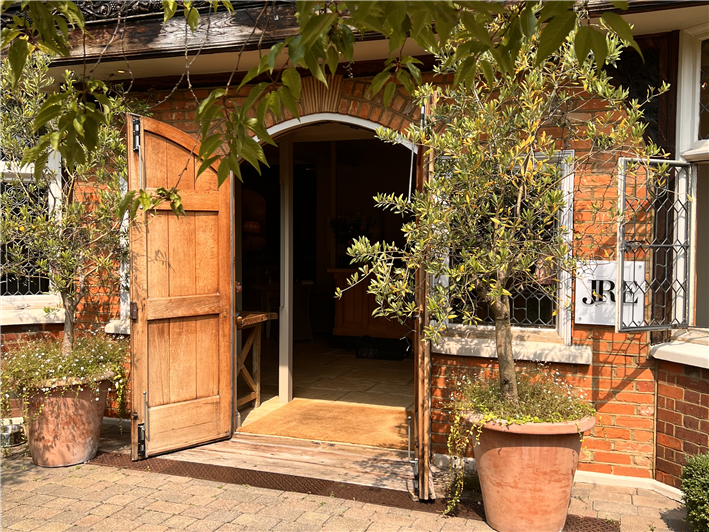
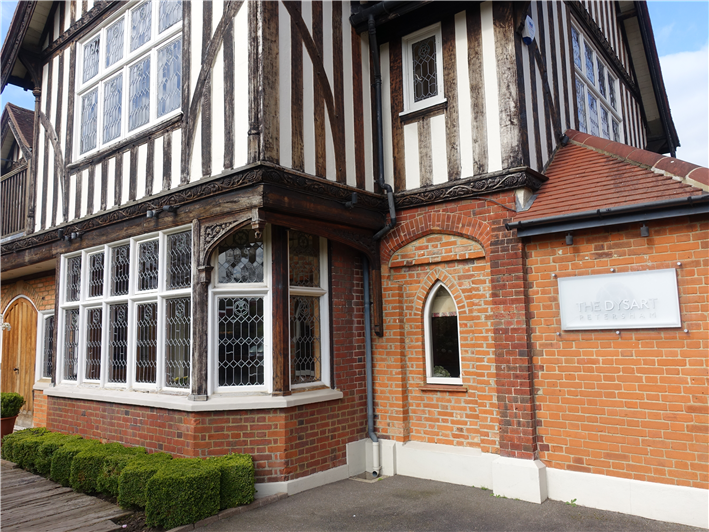
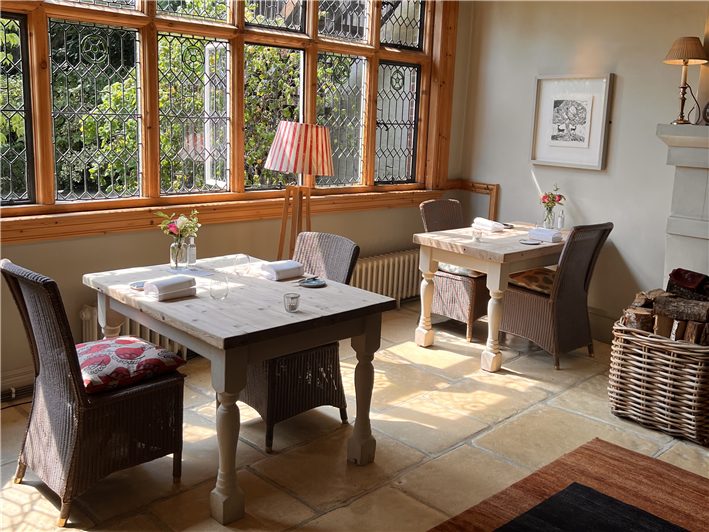
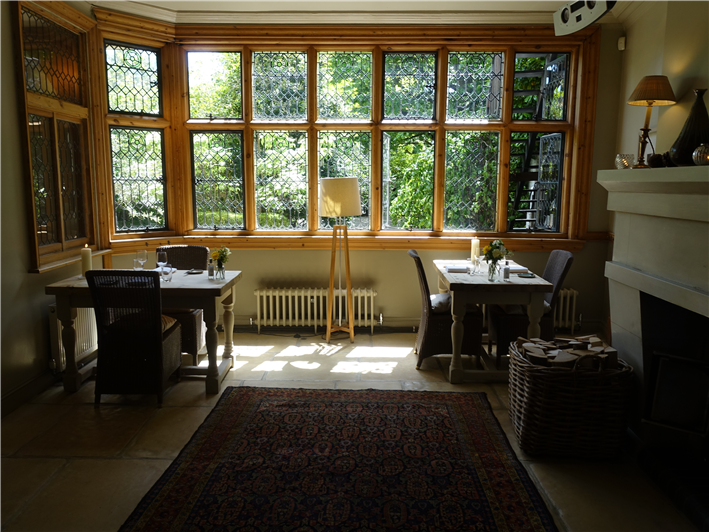

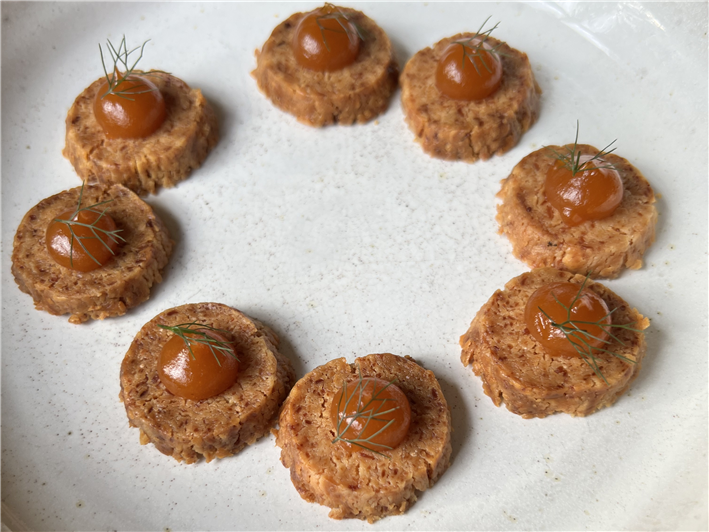
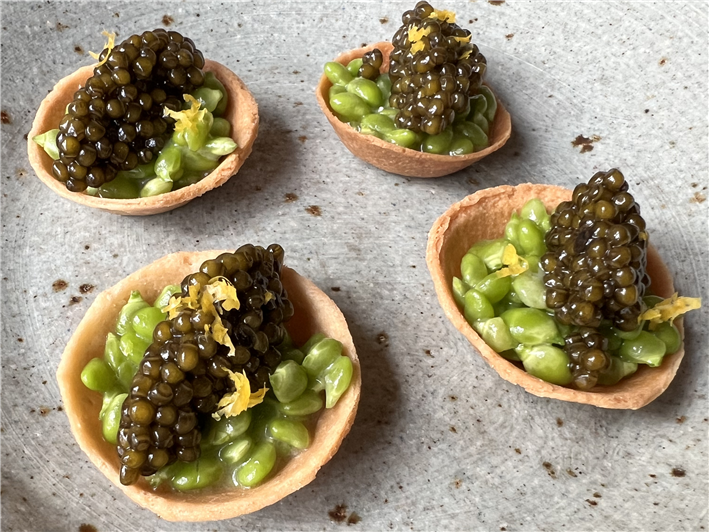
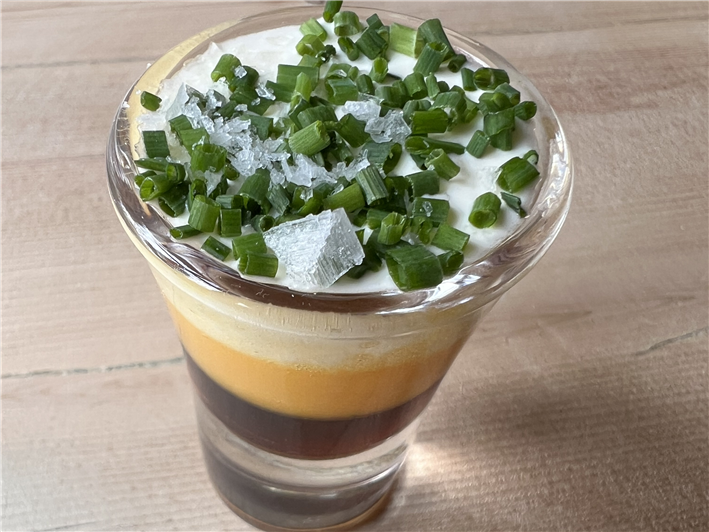
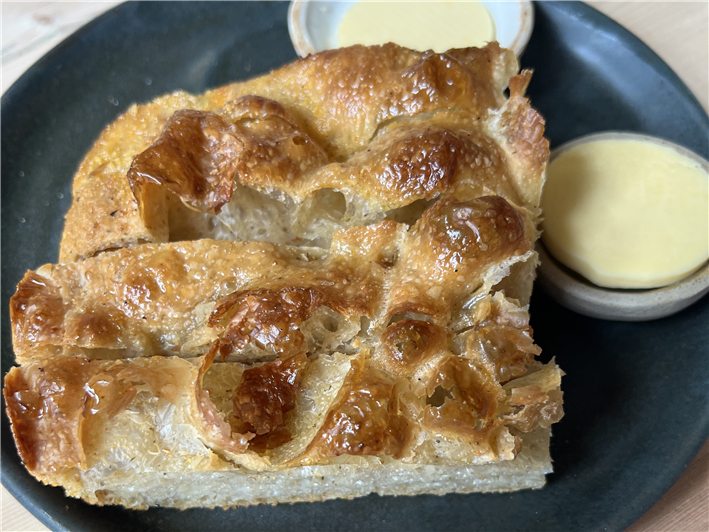


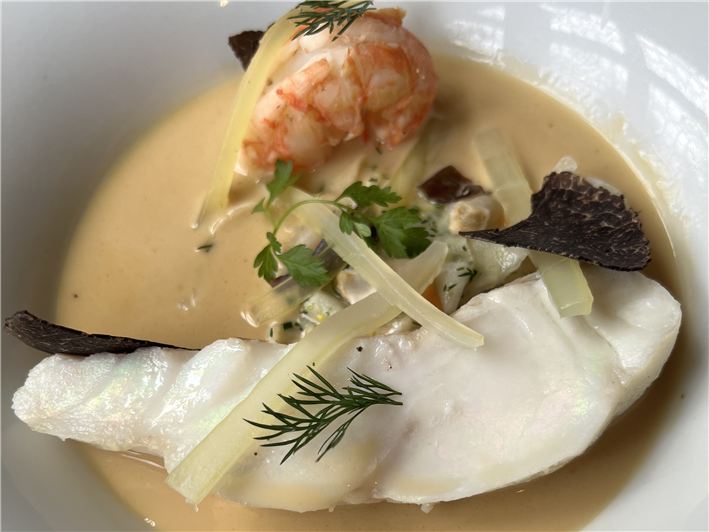
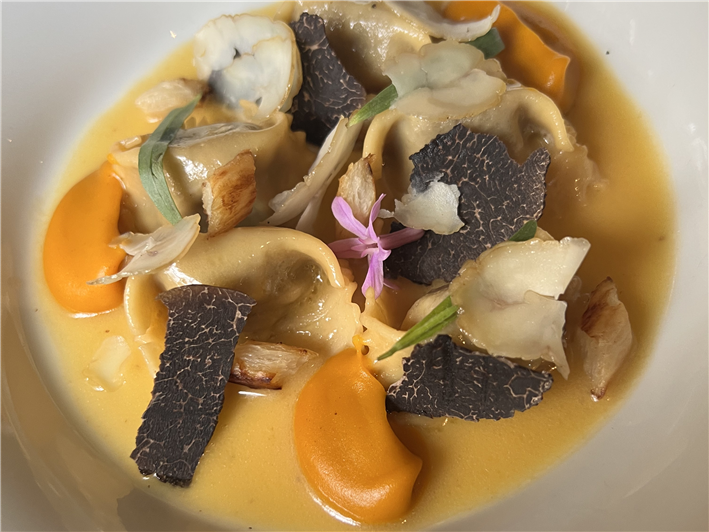
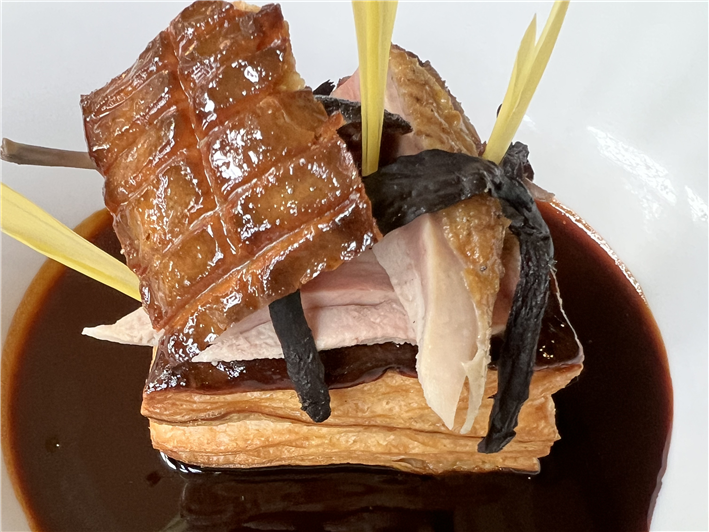
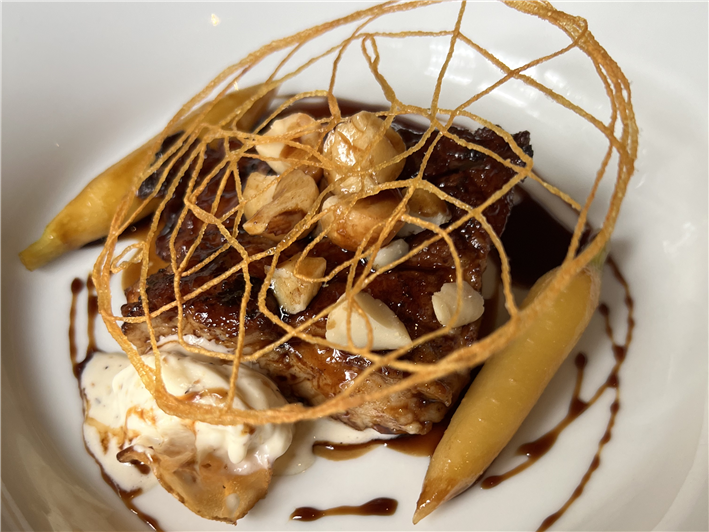
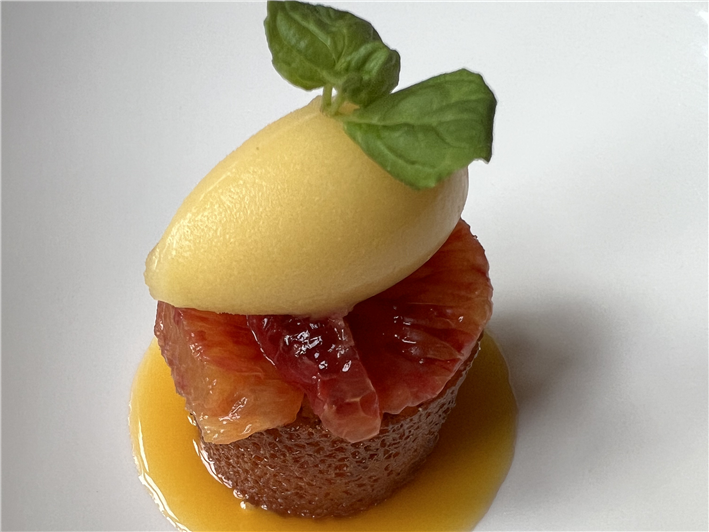

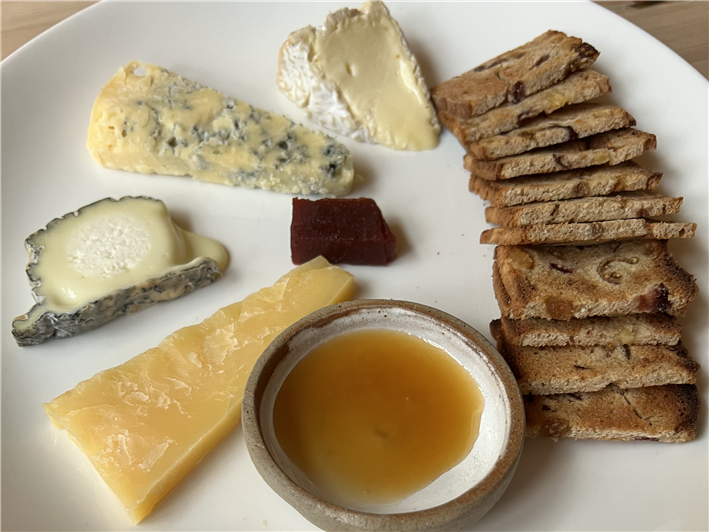
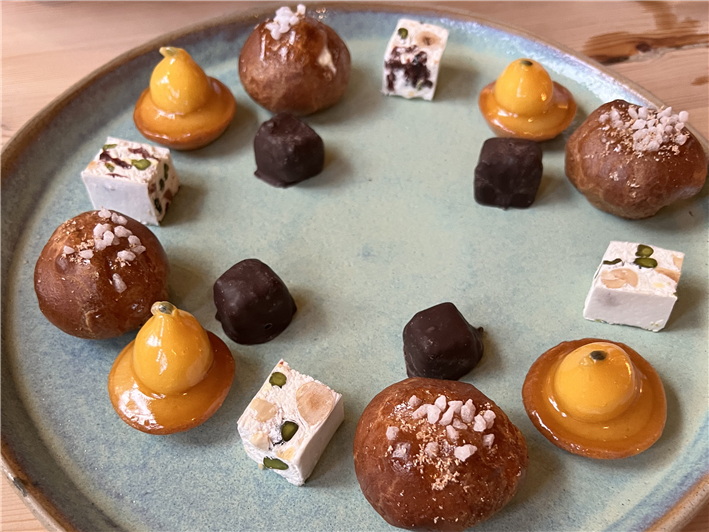
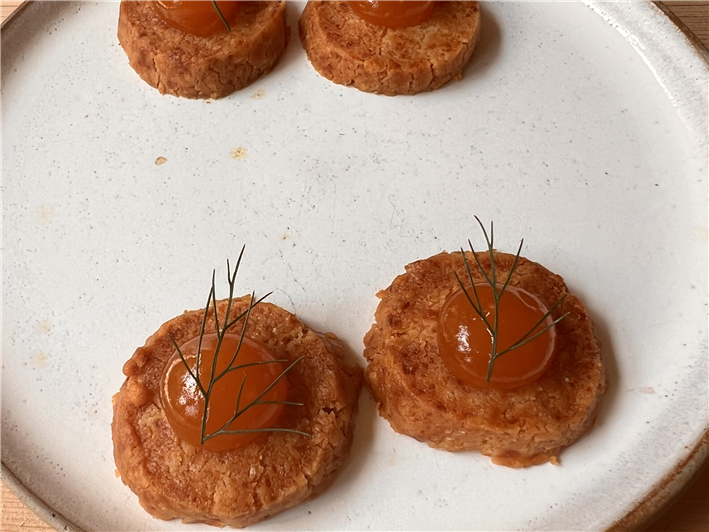
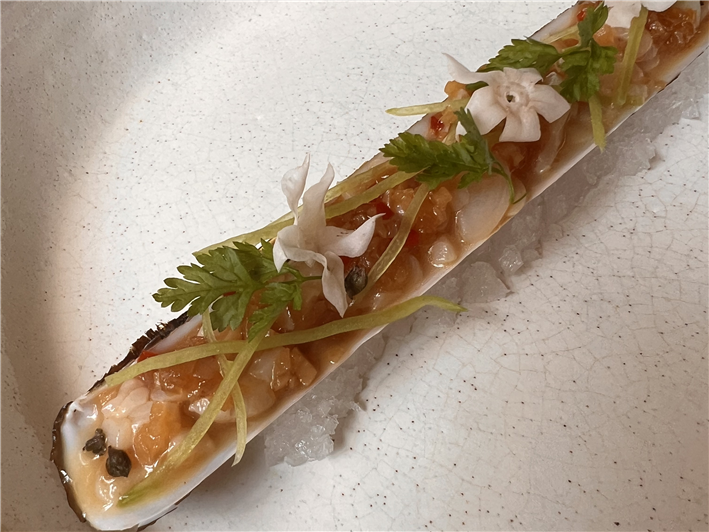
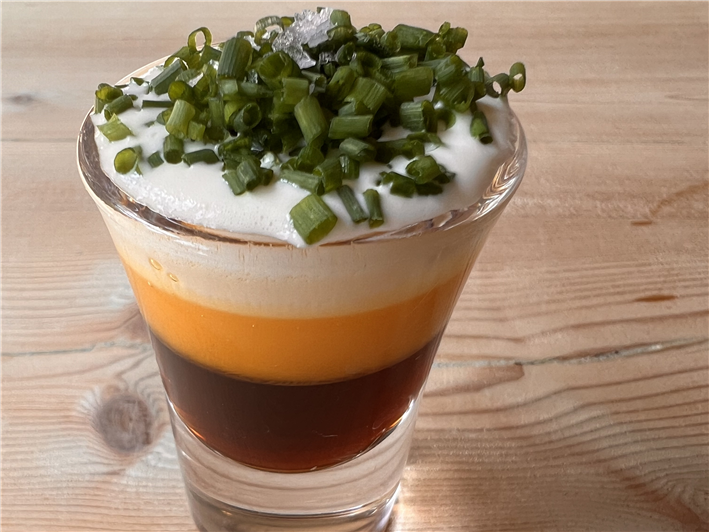
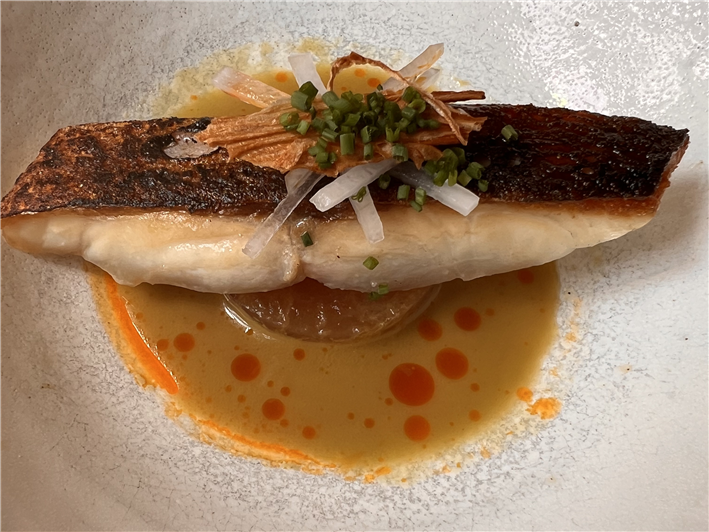




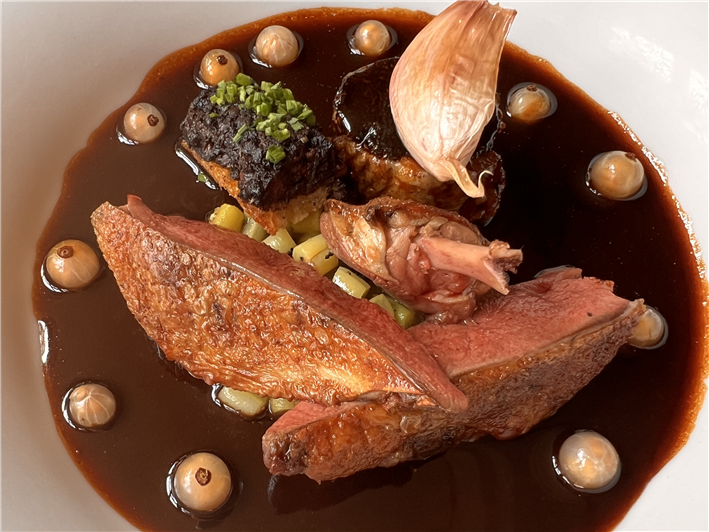

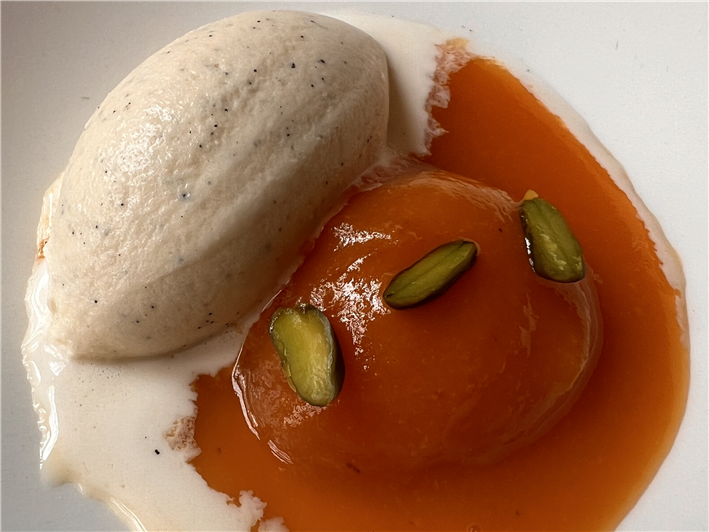
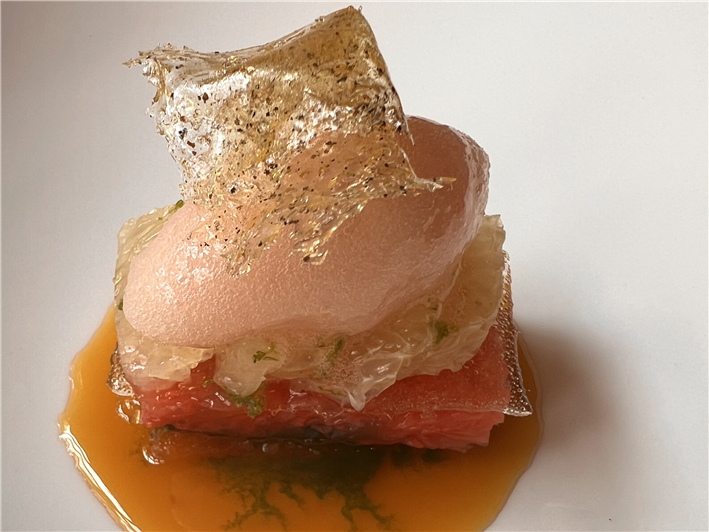

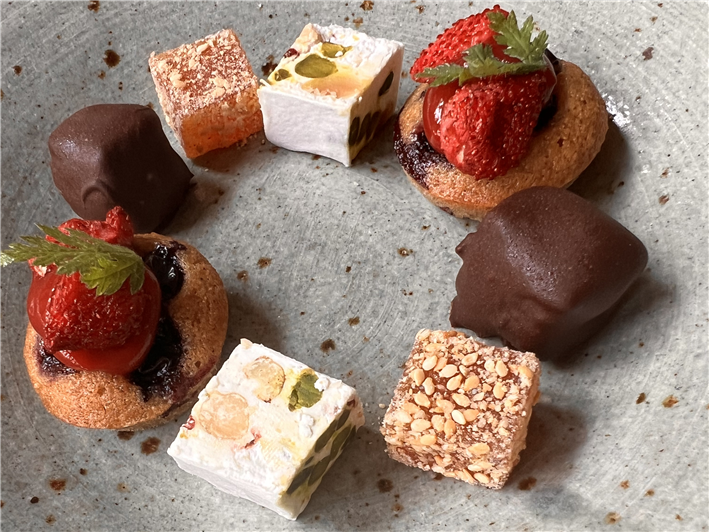
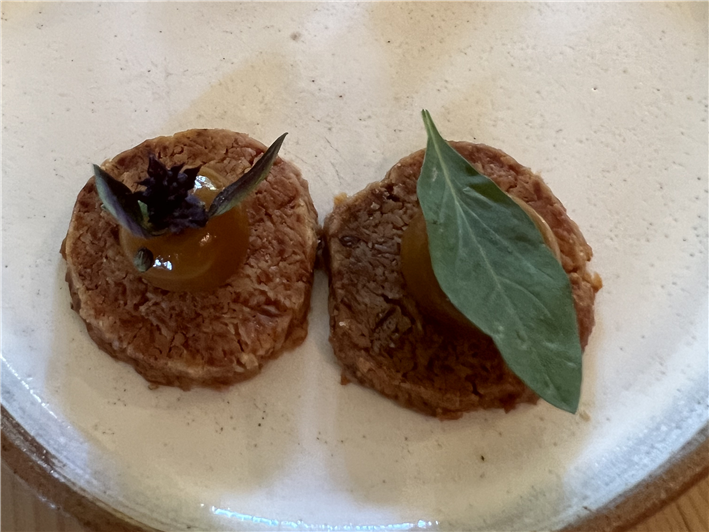
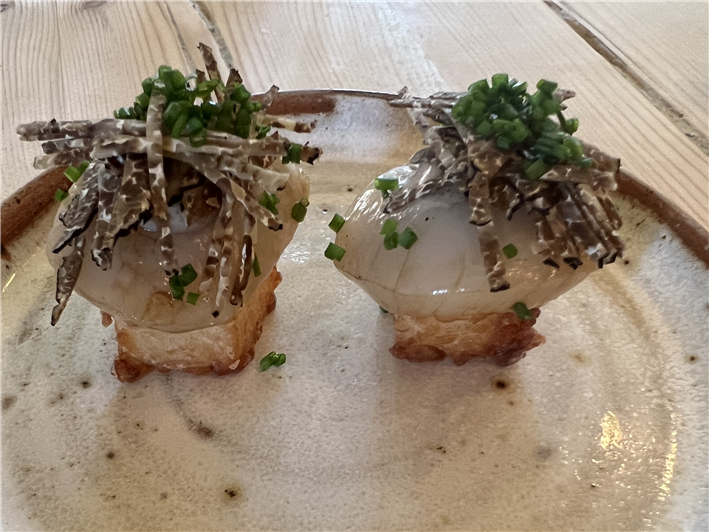
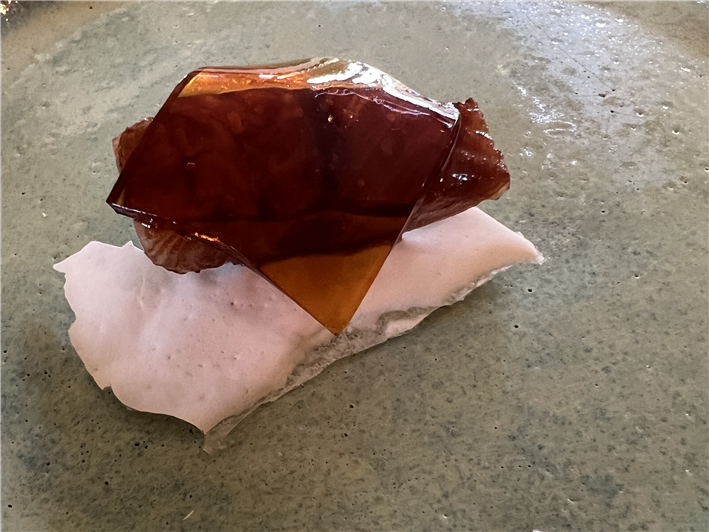
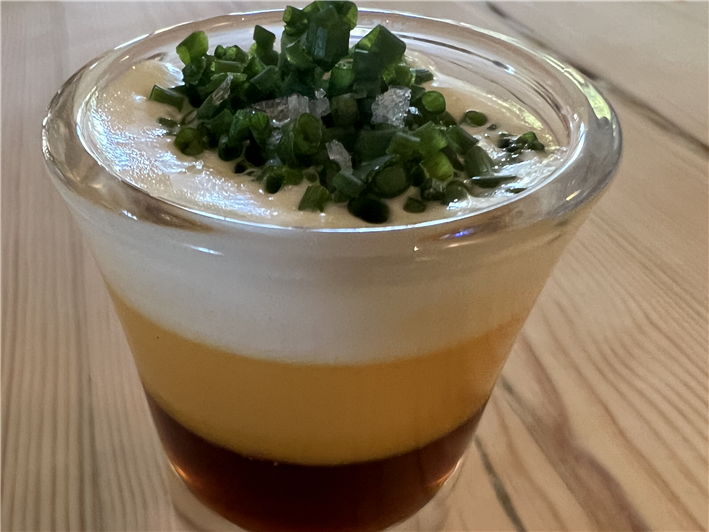
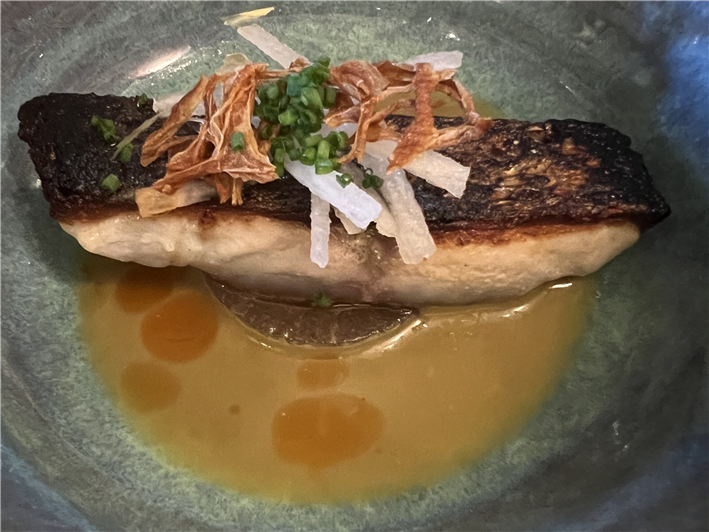
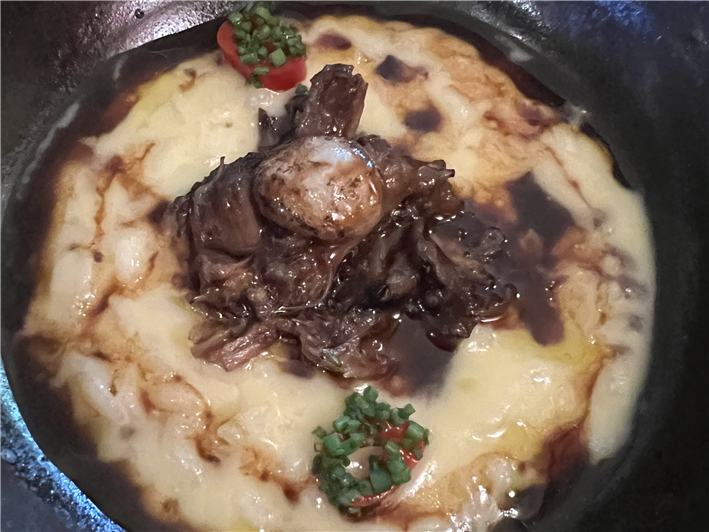
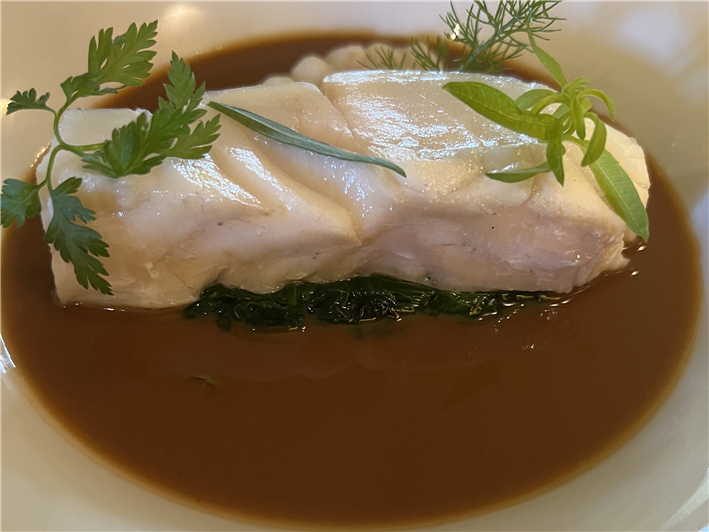
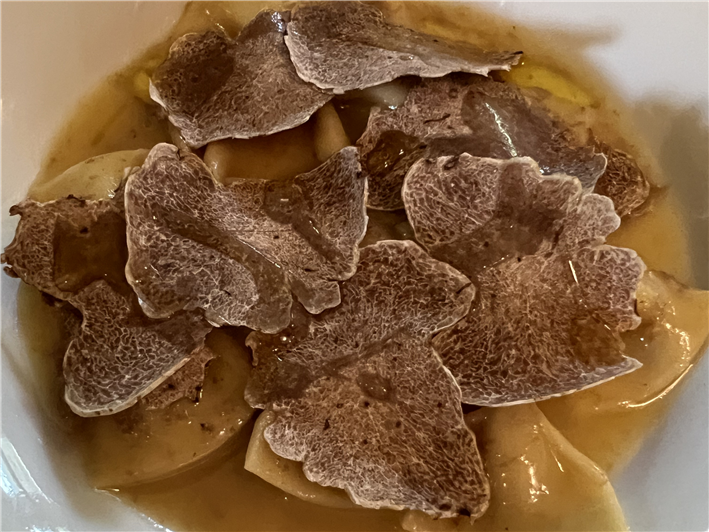
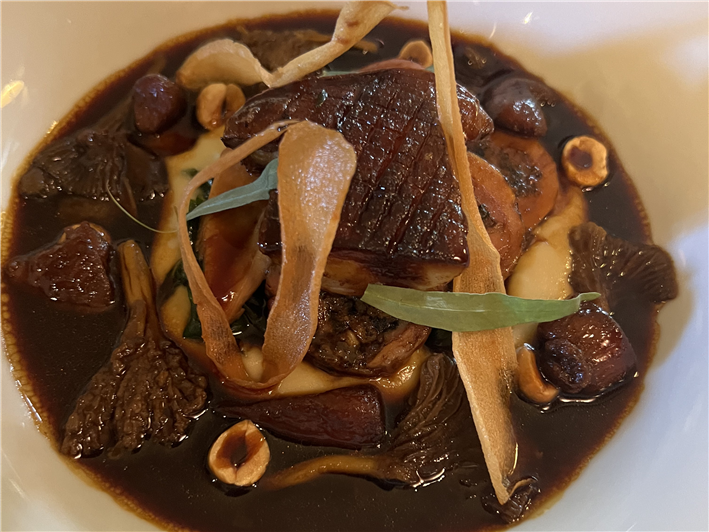
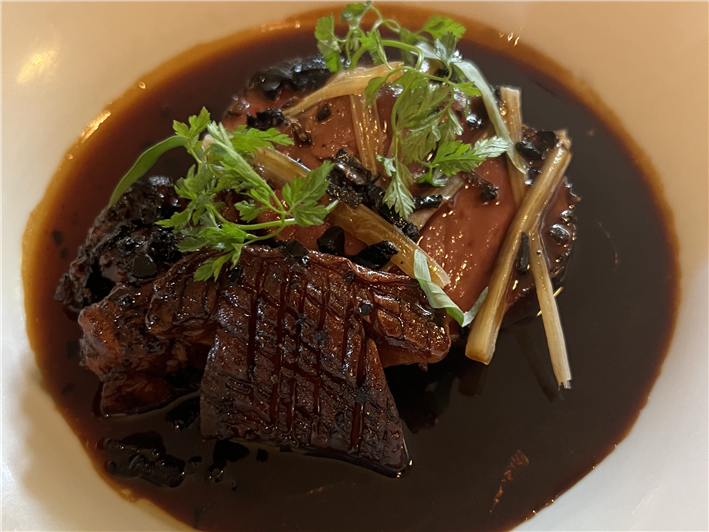
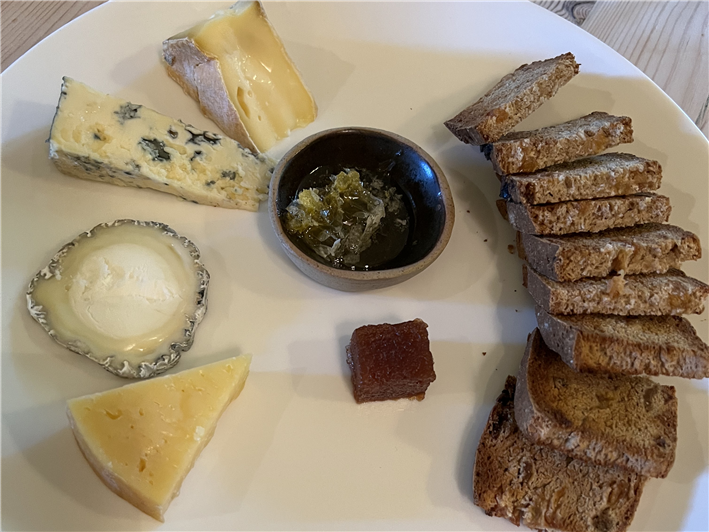



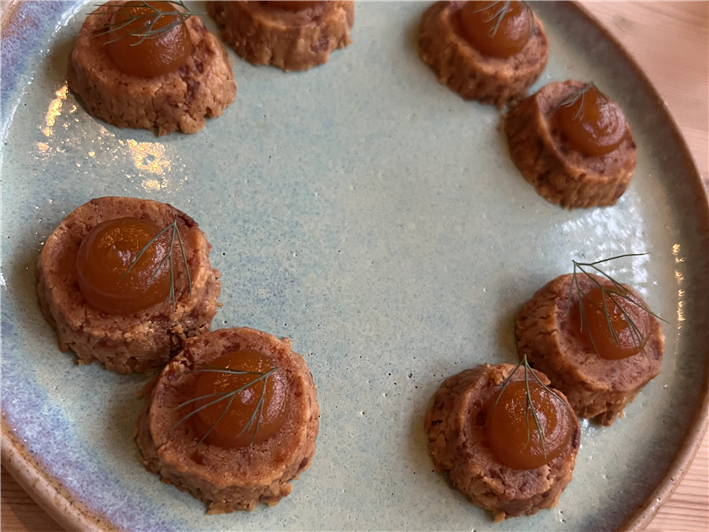


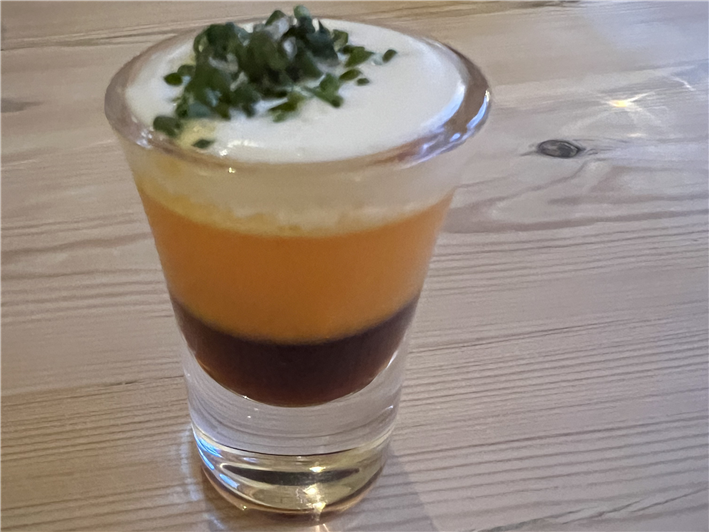
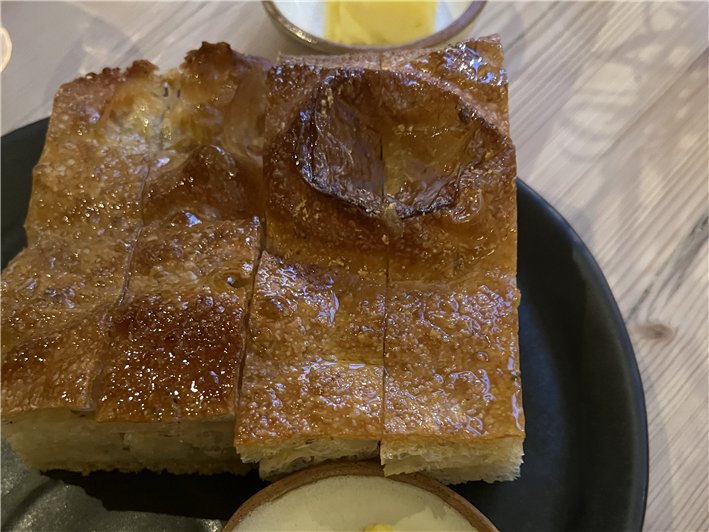
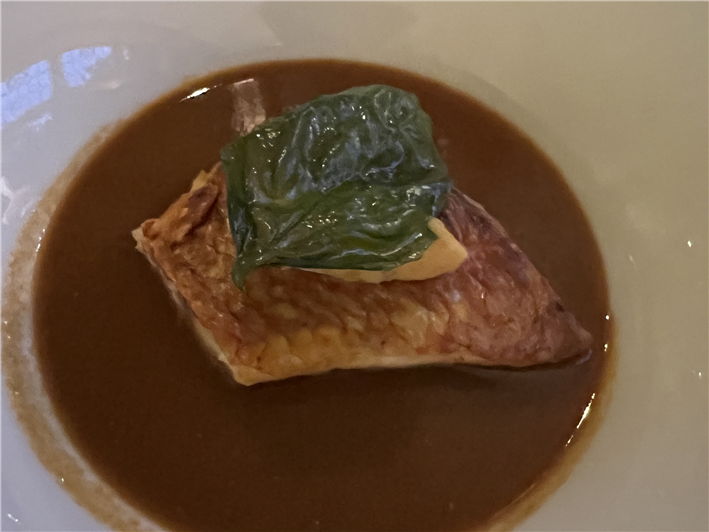
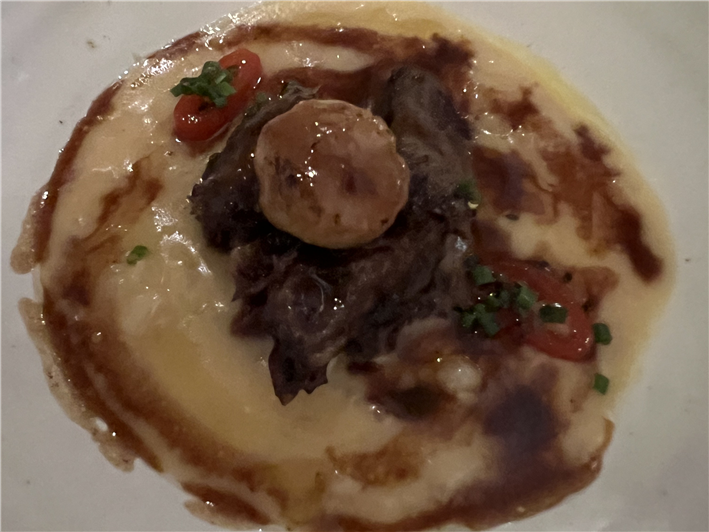
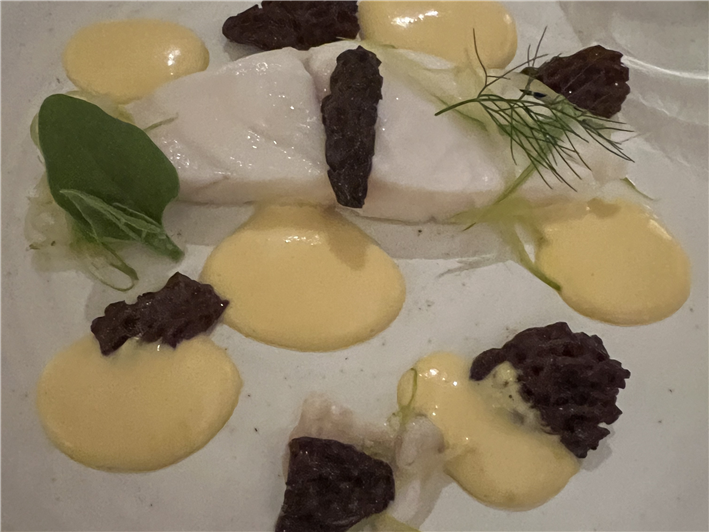
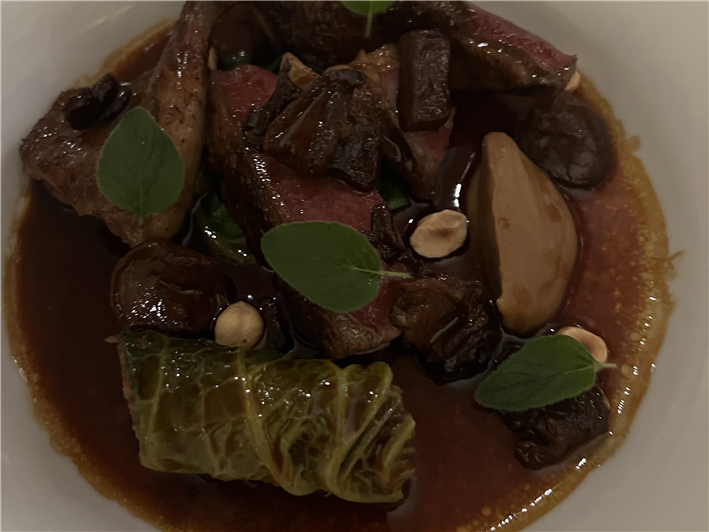
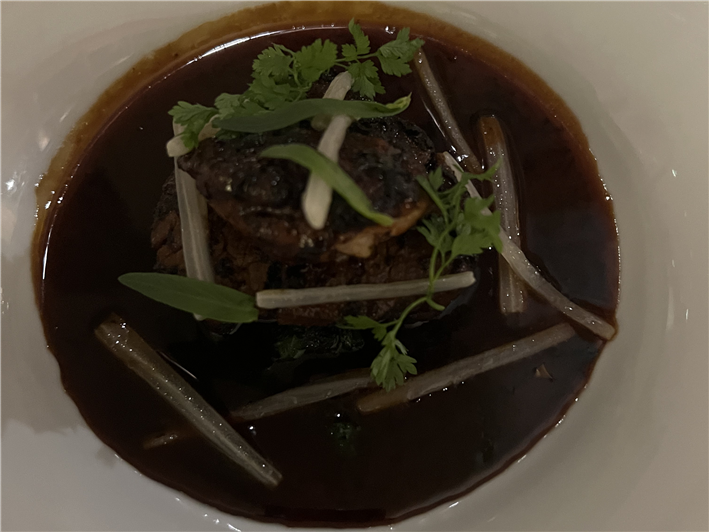

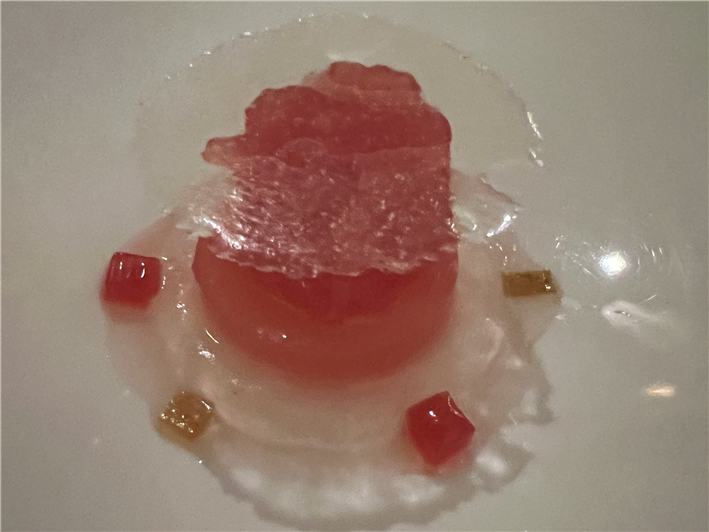
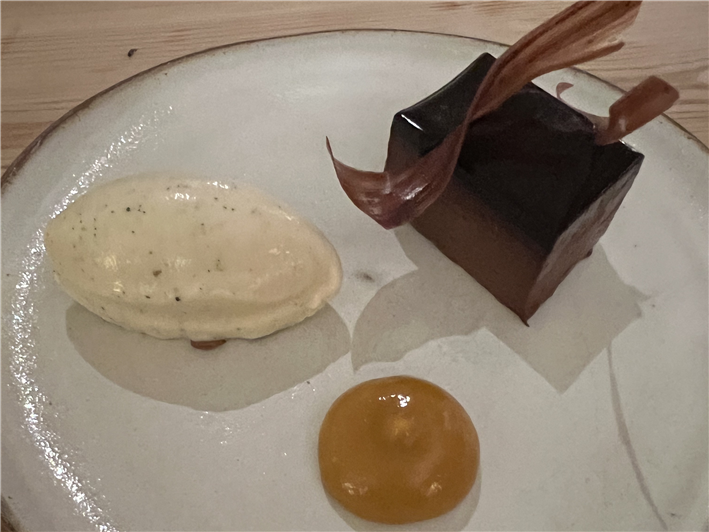
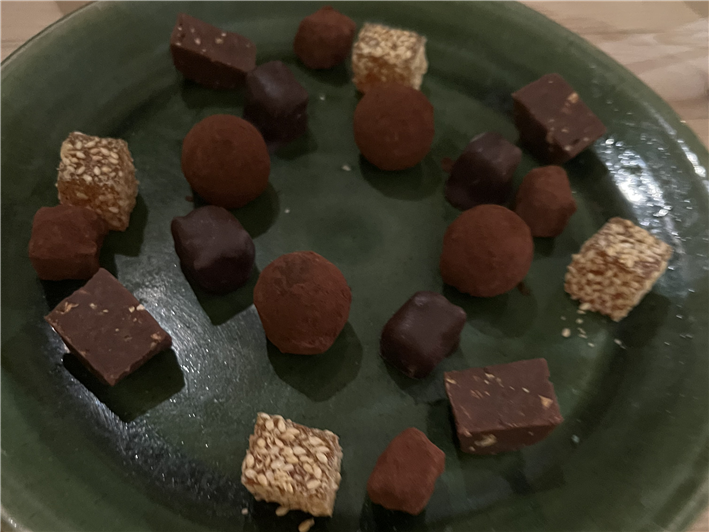
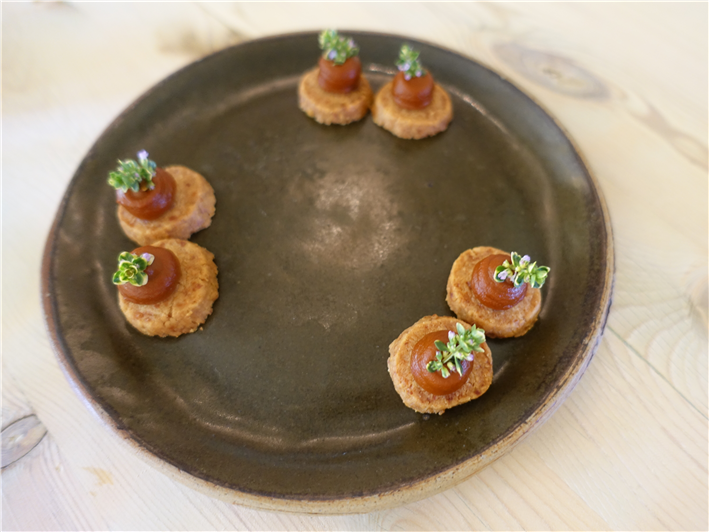

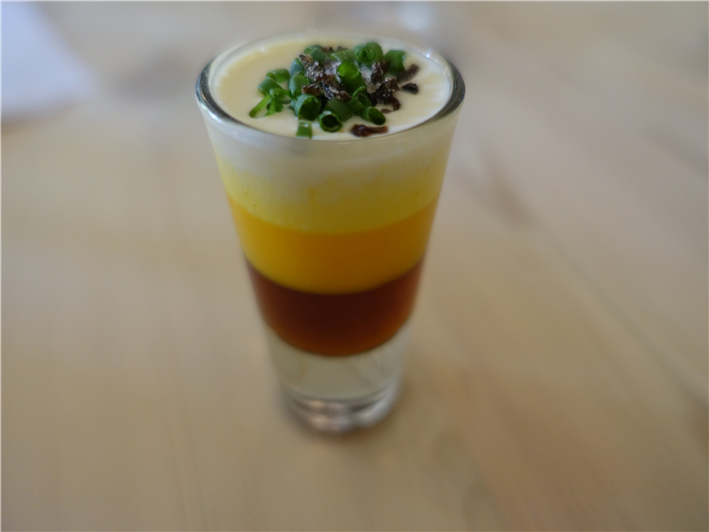
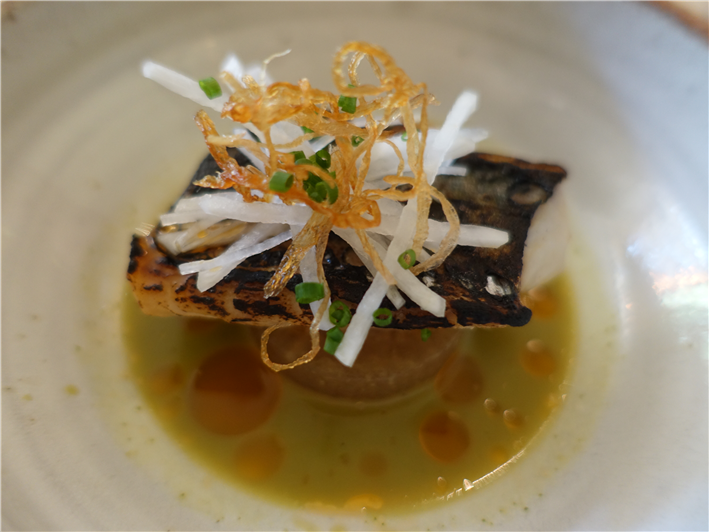
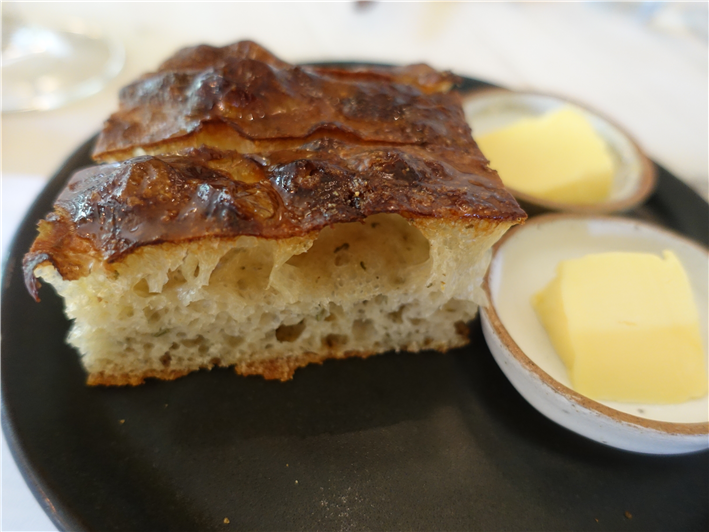
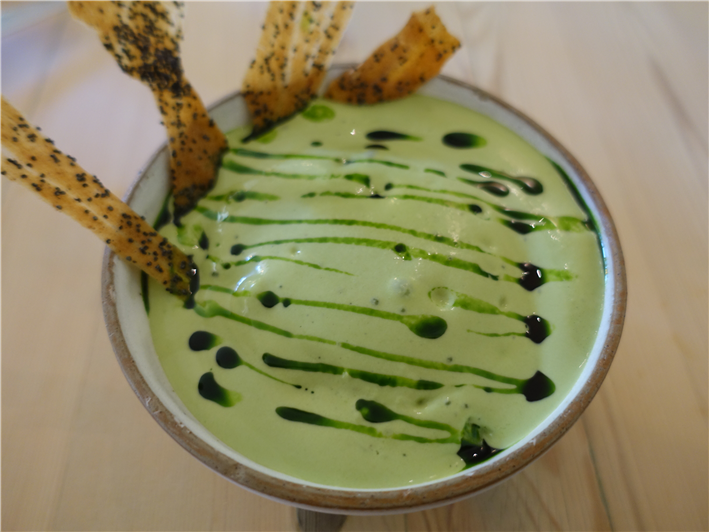
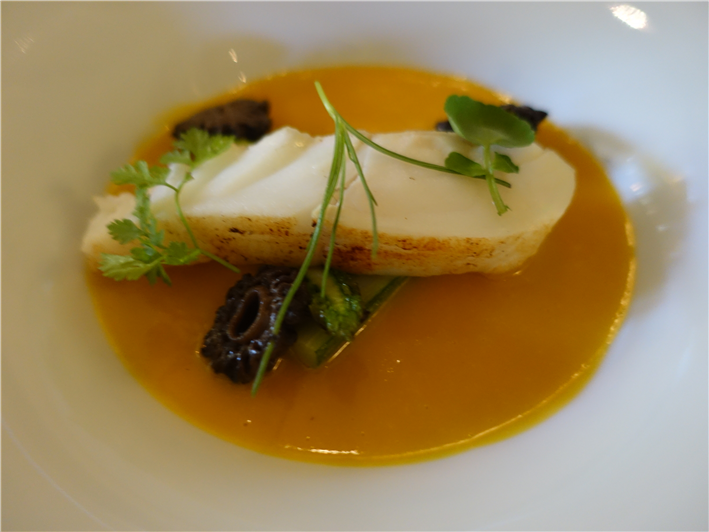
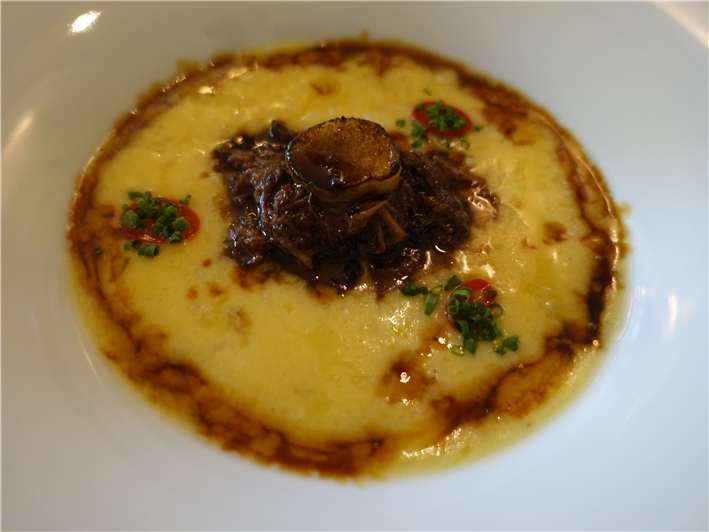
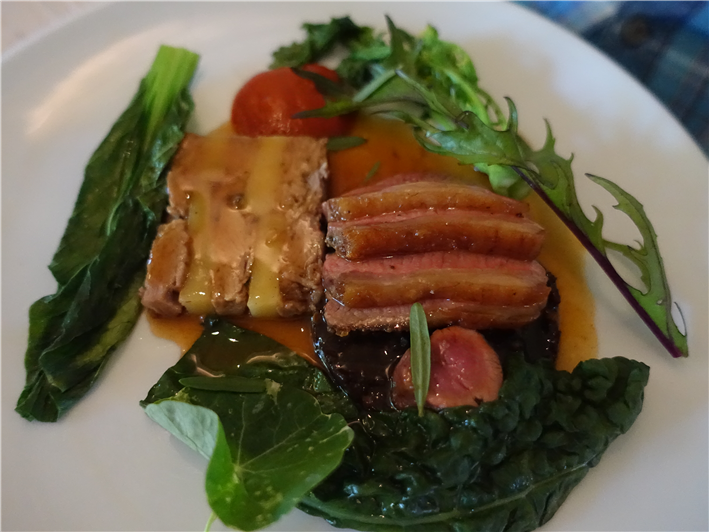


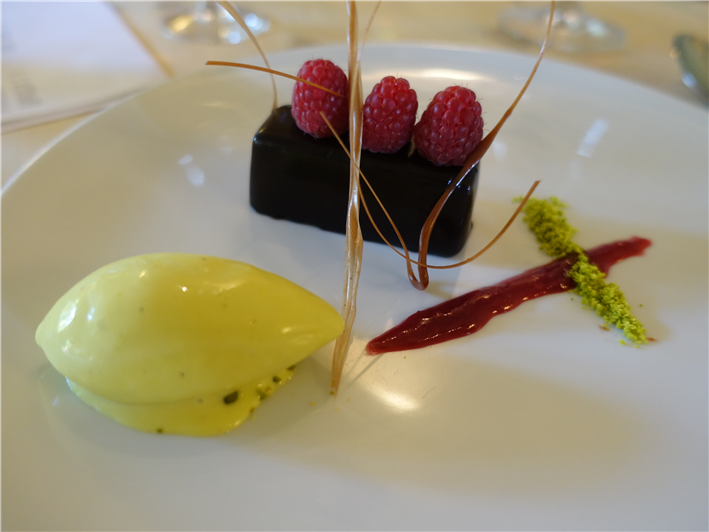
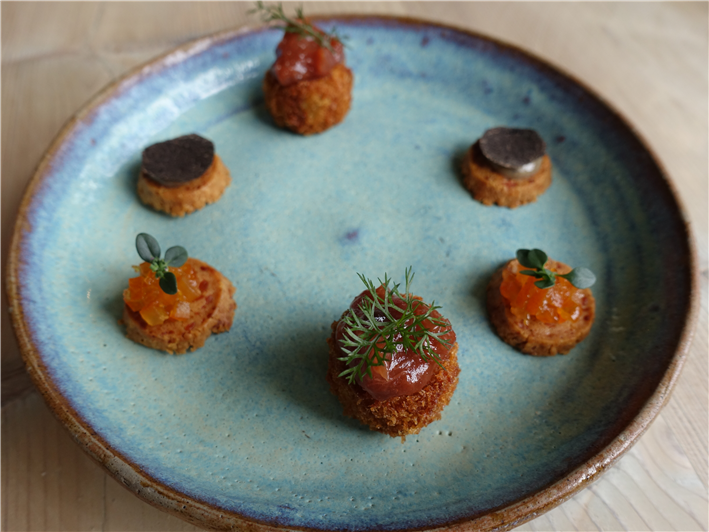
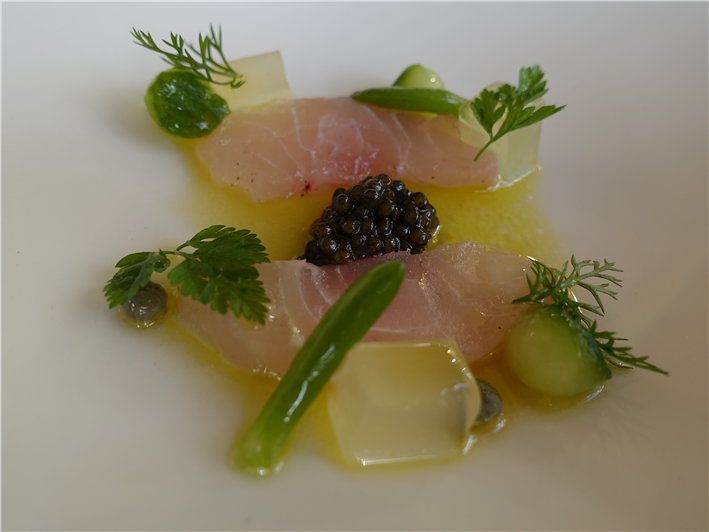

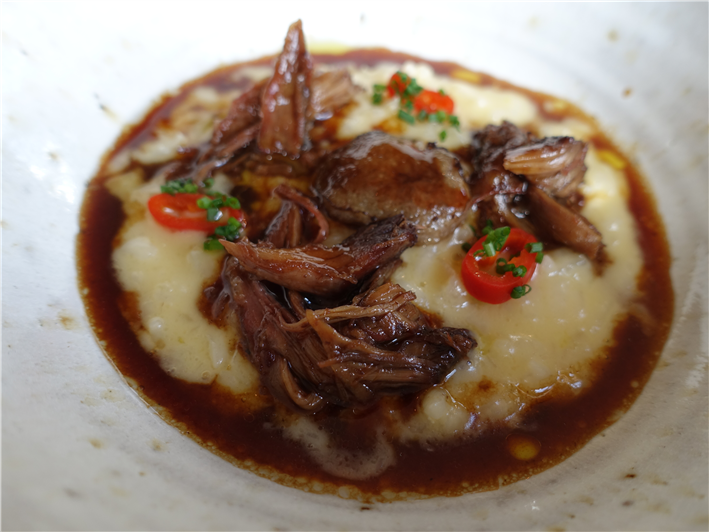

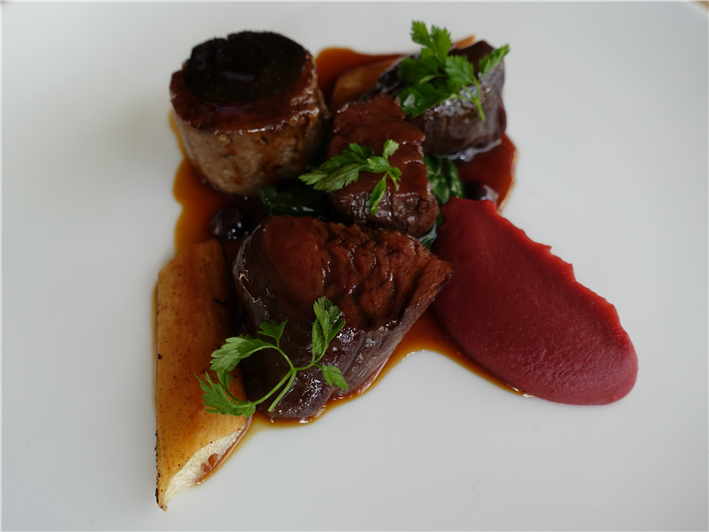

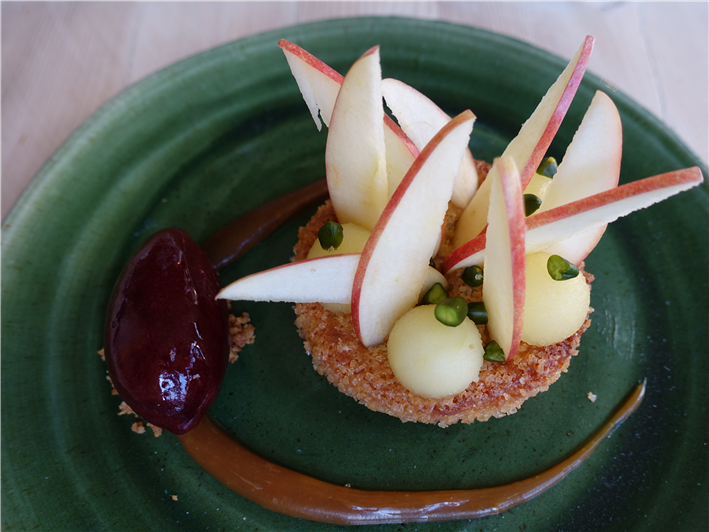
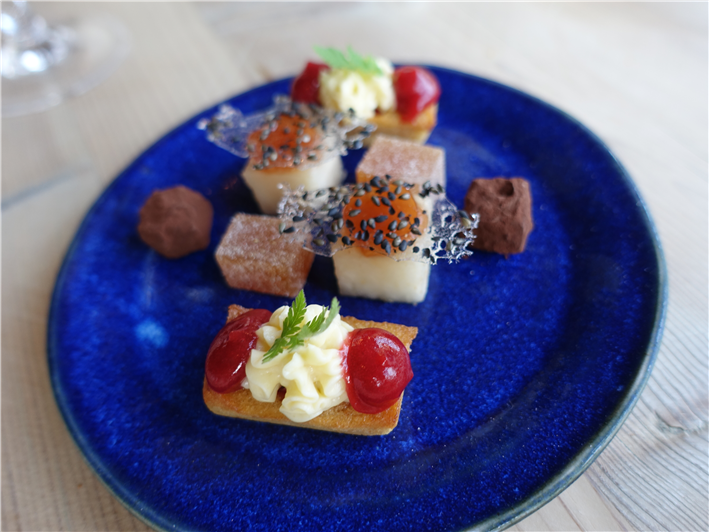
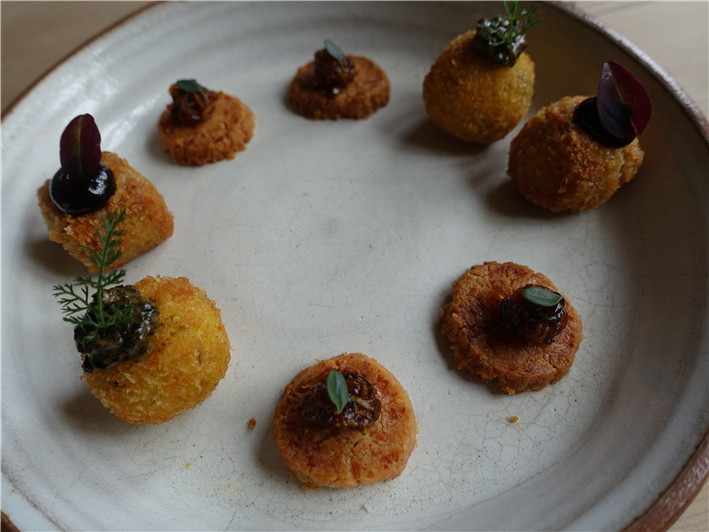
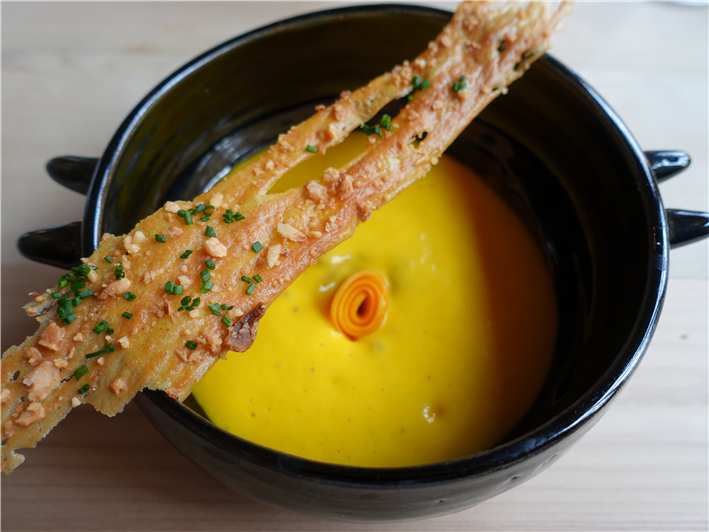
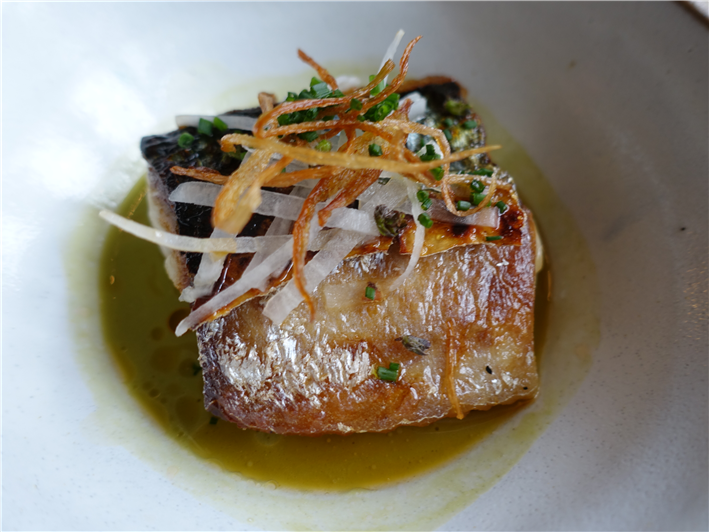
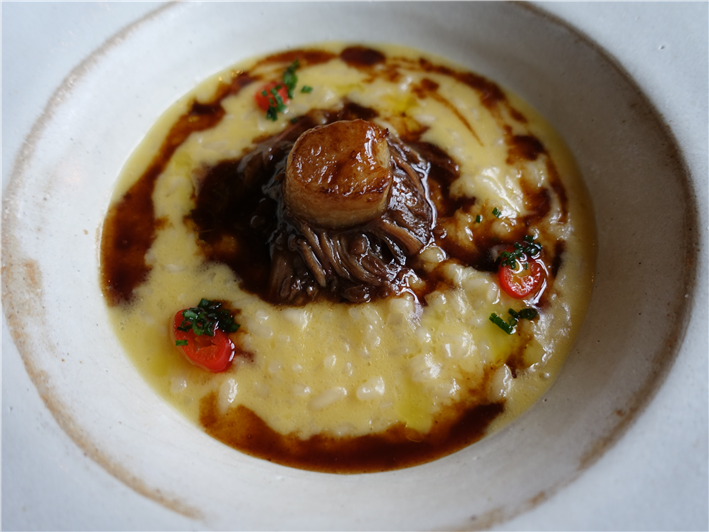
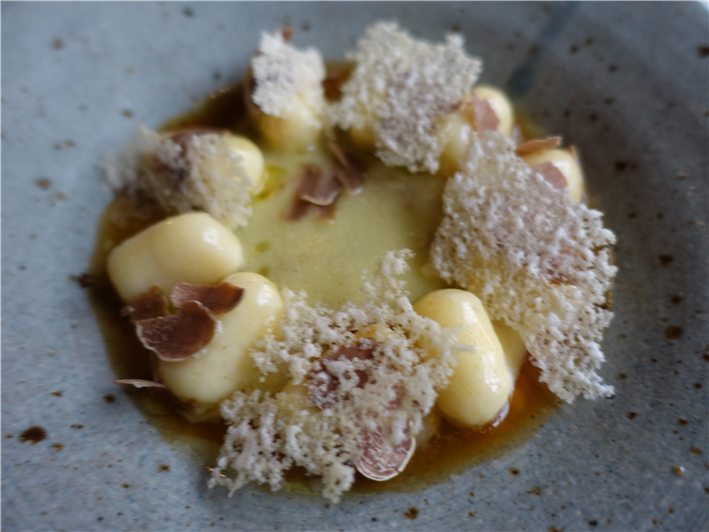



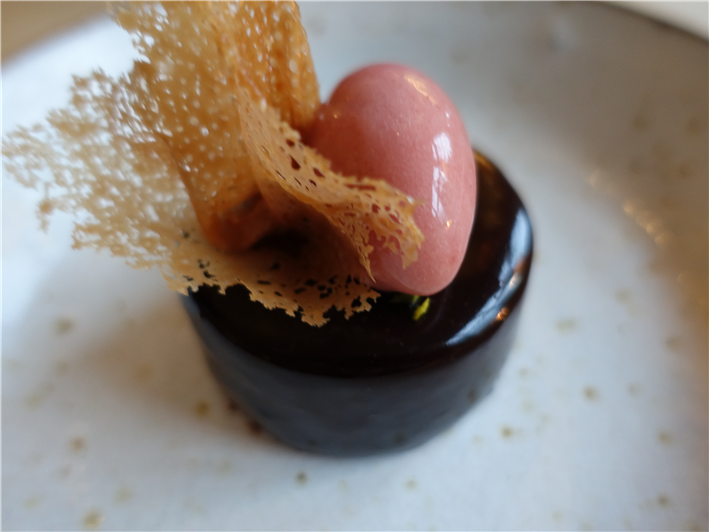
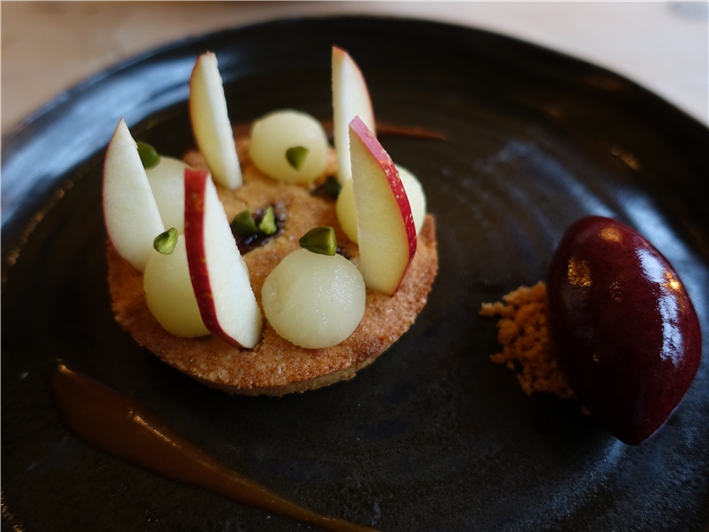

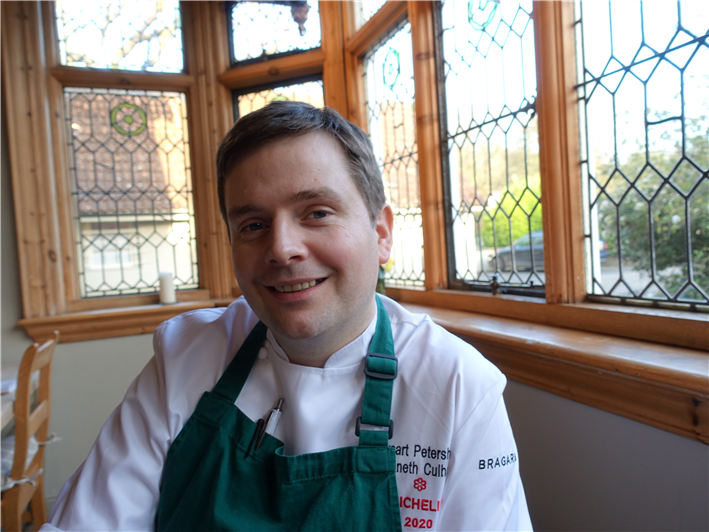

Add a comment
Thank you for submitting your comment, this will be checked and added to the website very soon.
User comments